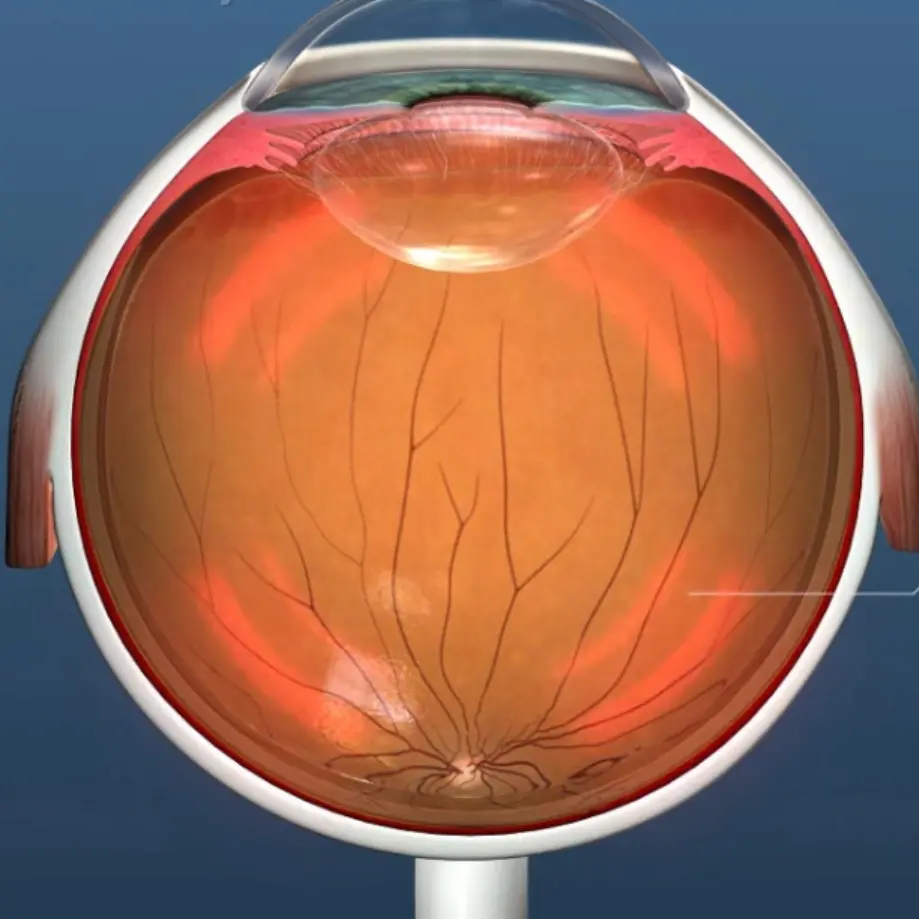
Minimally Invasive Glaucoma Surgery (MIGS)
Minimally invasive glaucoma surgeries, commonly called MIGS, are procedures that use microscopic devices and tiny incisions to lower pressure inside the eye in order to prevent or minimize damage to the optic nerve.
MIGS is an innovative approach to
Trusted Source
MIGS and the FDA: What’s in a Name?
Ahmed IK
Go to Source
glaucoma management
that offers a valuable range of treatment options, bridging the gap between medical therapy and traditional glaucoma surgeries. The surgeons at Cincinnati Eye Institute are highly experienced in a full range of MIGS.

Is Minimally Invasive Glaucoma Surgery (MIGS) Right for Me?
MIGS offers many potential benefits to patients seeking treatment options that may be more effective than medication, but less invasive than traditional surgical options. At Cincinnati Eye Institute, we are committed to offering glaucoma treatments that are clinically proven to be safe and effective. Your eye doctor will work with you to find a glaucoma treatment plan that best meets your needs, taking into account your medical history and your lifestyle.
Types of Minimally Invasive Glaucoma Surgery (MIGS)
Micro Trabeculectomies
For more than
Trusted Source
MIGS and the Arc Of Glaucoma Care
Leonard C
Go to Source
50 years
, Trabeculectomy has been widely regarded as an effective surgical treatment for glaucoma, but a MIGS approach to trabeculectomy aims to minimize surgical risks.2 This type of MIGS uses microscopically small tubes to improve the drainage of fluid from the eye.
Trabecular Bypass MIGS
The trabecular meshwork is an important part of the internal drainage system of the eye. Trabecular bypass MIGS use microscopic devices to create new pathways in this delicate tissue to increase outflow efficiency. There are several different devices that are FDA-approved for this use.
Laser MIGS Procedures
There are several laser treatments available to treat glaucoma. A MIGS approach to laser therapy, such as endoscopic cyclophotocoagulation (ECP), is designed to decrease fluid production in order to lower pressure within the eye. Some MIGS laser treatments may be combined with a trabecular bypass device.
How Does Minimally Invasive Glaucoma Surgery (MIGS) Work?

Preparing for MIGS
Your ophthalmologist at CEI will evaluate your eyes and discuss whether you are a candidate for a MIGS procedure. Once you and your surgeon decide which approach is right for you, we will schedule your procedure and give you pre-surgical guidelines.
What to Expect During MIGS
Your eyes will be numbed with local anesthetic for your outpatient procedure. Many types of MIGS procedures can be performed during a cataract surgery. If you are having cataract surgery in conjunction with MIGS, your surgeon will use the incision from your cataract procedure to place your MIGS device.
Recovery After MIGS
One of the benefits of MIGS is a shorter recovery time compared to other types of glaucoma surgery.
How long you will need to rest and recover will depend on the type of procedure you have and your individual health. In general, patients should avoid strenuous activity for several weeks. Your doctor will give you detailed recovery instructions and schedule a follow-up appointment.
Contact Cincinnati Eye Institute
Minimally invasive glaucoma surgery may help preserve your vision and reduce your dependence on glaucoma medications. The specialists at CEI are highly experienced with a wide variety of glaucoma treatment options and are at the forefront of new devices and technology. Contact us to learn more about MIGS or schedule a consultation appointment with one of our experts.
1 Ahmed IK. MIGS and the FDA: What’s in a Name? (editorial). Ophthalmol. 2015;122:9:1737-39
2 Leonard C. MIGS and the Arc Of Glaucoma Care. Review of Ophthalmology. Published 7 March 2020. Available: https://www.reviewofophthalmology.com/article/migs-and-the-arc-of-glaucoma-care
The doctors at Cincinnati Eye Institute have either authored or reviewed the content on this site.



























































































